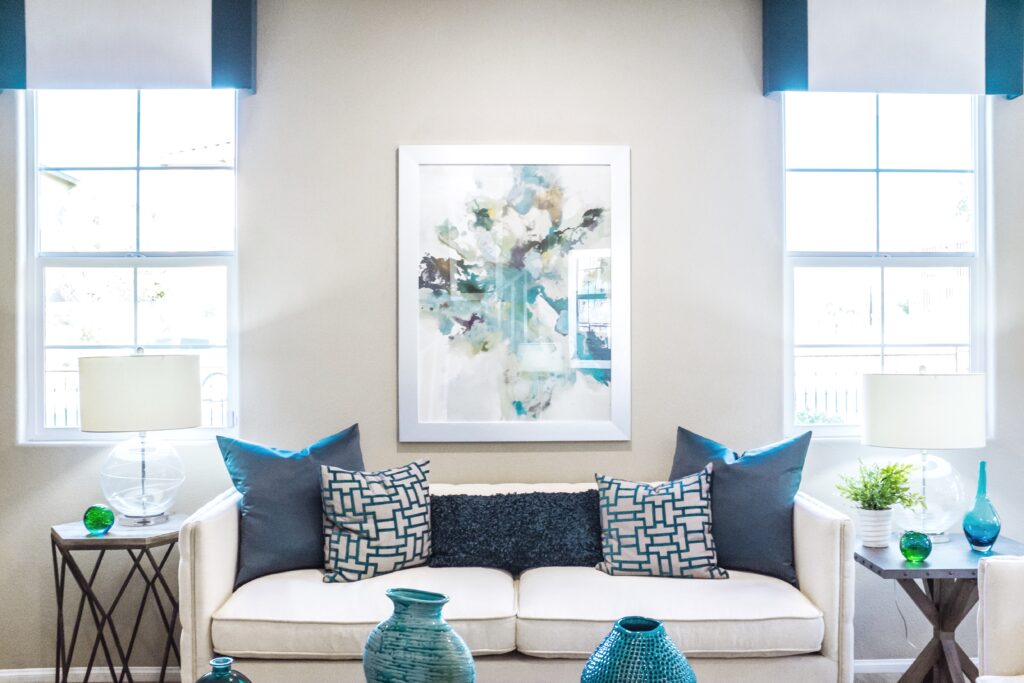
HOME
“Sweet Home Alabama”, “Mama I’m Coming Home”, “Take me Home Tonight”, these are all popular songs about ‘home’. Oh, don’t forget about Dorothy’s famous line in The Wizard of Oz that “There’s no place like home”. So what is the concept of home all about and why is it often on our minds? And what in the world does any of this have to do with organizing?
The place we call home is a place where we feel secure, safe and at peace. It doesn’t have to be a physical structure; it can be a community, a feeling, and even an experience. Home is where we feel we belong and are accepted for whom we are.
I write this post about home as I reflect on how my home will change in the coming months with our youngest son leaving for college. We will be empty nesters, with a quiet house. But the home to the house will remain. The memories, the long dinners and conversations around the table, the laughter and the tears are all part of the fabric of our home and are part of what ‘coming home’ will mean to our boys.
So, what does this have to do with organizing?
Finding or creating a ‘home for everything’ is a general organizing principle. A place for everything and everything in its place is how the old saying goes, and it’s a good goal.
For me, it’s also about INTENTION. As you know by now, I’m all about intentional living. Giving our items a place where they belong means we are intentionally putting or storing them there. They belong there for a reason; they aren’t there by chance.
It’s important to find a home for literally every thing you own. Every thing deserves it’s own ‘place’, otherwise it will be moved from place-to-place, drifting around aimlessly and will never be where you thought you left it.
How do you find the ideal home for everything? Consider the following to help you:
Who uses it and where is it used?
- It should be in the most accessible and logical place, for that person.
How often is it used?
- Most often used items should be most accessible, used items less frequently can be stored a bit more out of the way.
Do you need a visual cue to remind you to do something with this item?
- Keep in mind that when things are out all the time we become so used to them we don’t even see them anymore and they may not provide the reminder we need. Try using sticky notes or reminders on your phone or calendar to help you remember instead.
Give your items likely neighbors.
- Store like with like. Categorize.
Create A Landing Pad
When working with clients to create homes I always start by looking at what it is that piles up, and where this happens. Perhaps the items actually belong there for now but have just gotten out of hand. Maybe the habit that places them there isn’t such a bad one, maybe it’s just natural to put them there. In this case we just need to make it intentional, not fight it, and recognize that it’s not permanent either.
Here’s what I mean:
Issue: Mail and newspapers pile up on the table in the entryway. The stack is unruly and often falls onto the floor.
Solution: Find a reasonably sized, attractive looking inbox for these items and put it on the table where the stack gathers. This is now their intentional home when they enter the house. Just like our childhood homes are not our lasting ones, they are our launching pads into adulthood, this home is not a lasting one either. It’s the landing pad until the items can be reviewed and moved to their more permanent home (filed, recycled, acted upon, shredded).
Our homes might not always be perfectly neat, calm and peaceful – we are human and life happens. Sometimes life is messy, sometimes our houses get messy. But, if there is a home or place for everything, we can do a quick-sweep and put it all back in order in a relatively short amount of time.
Happy organizing friends! Here’s to always feeling connected to your true home.
